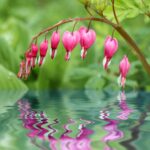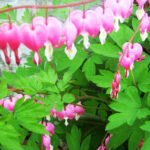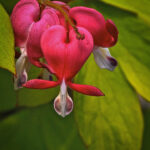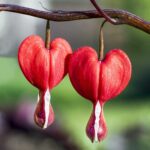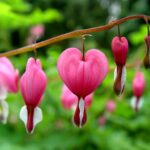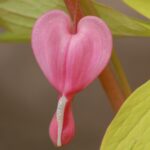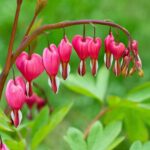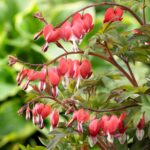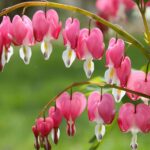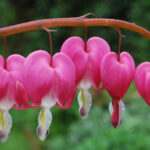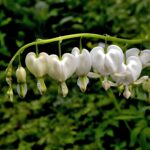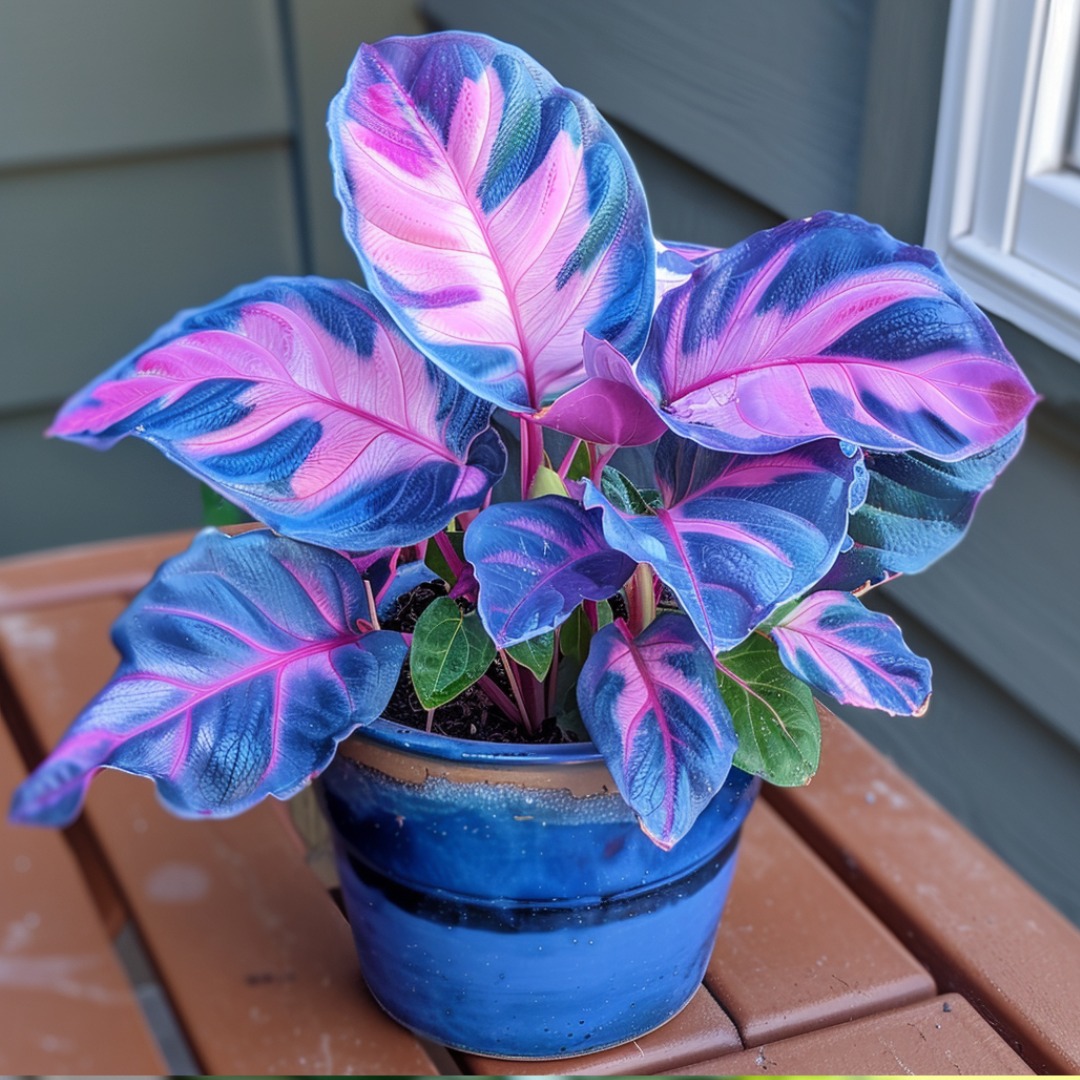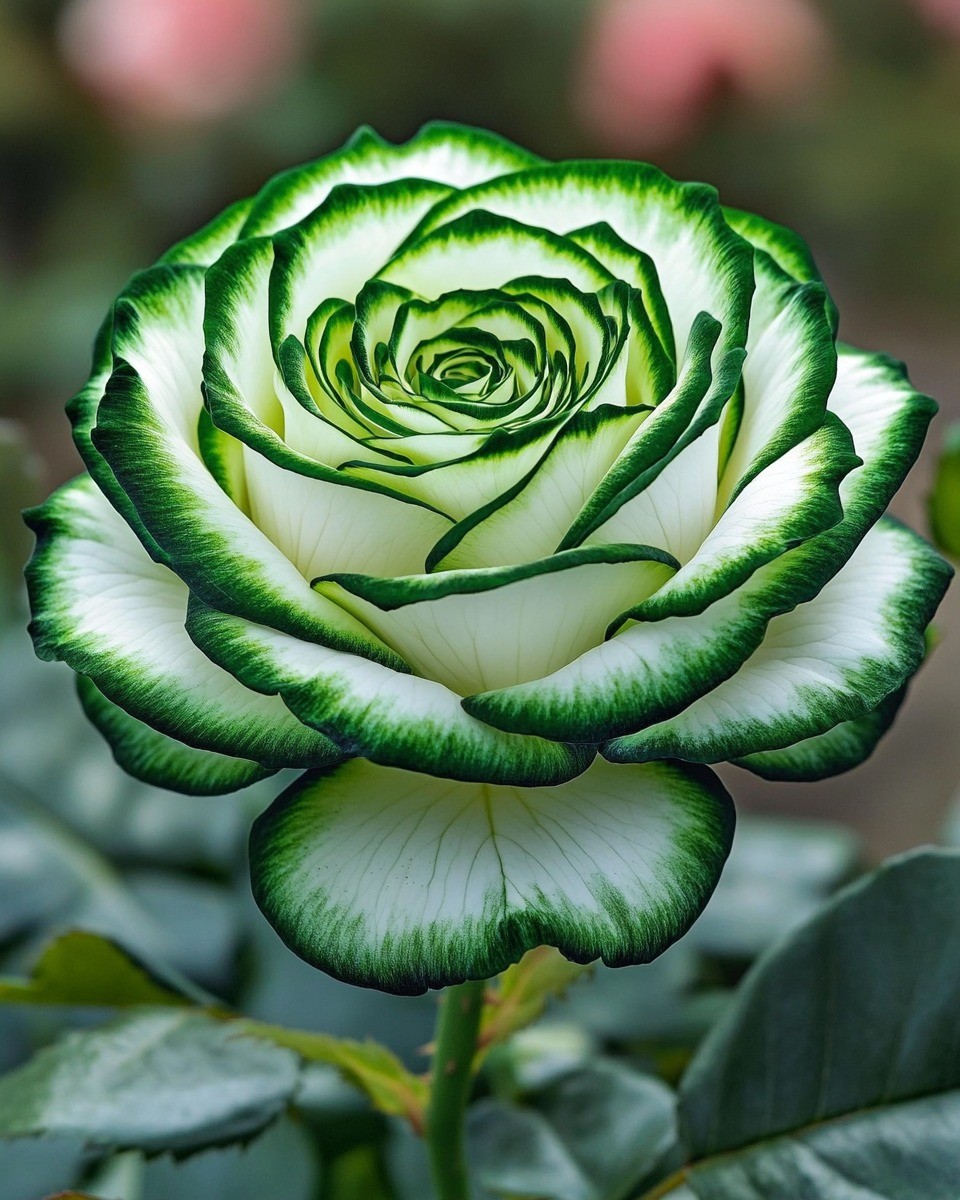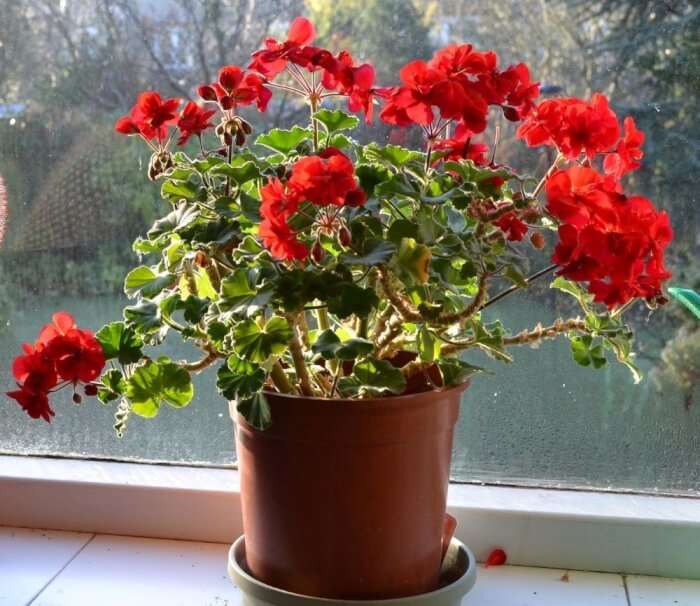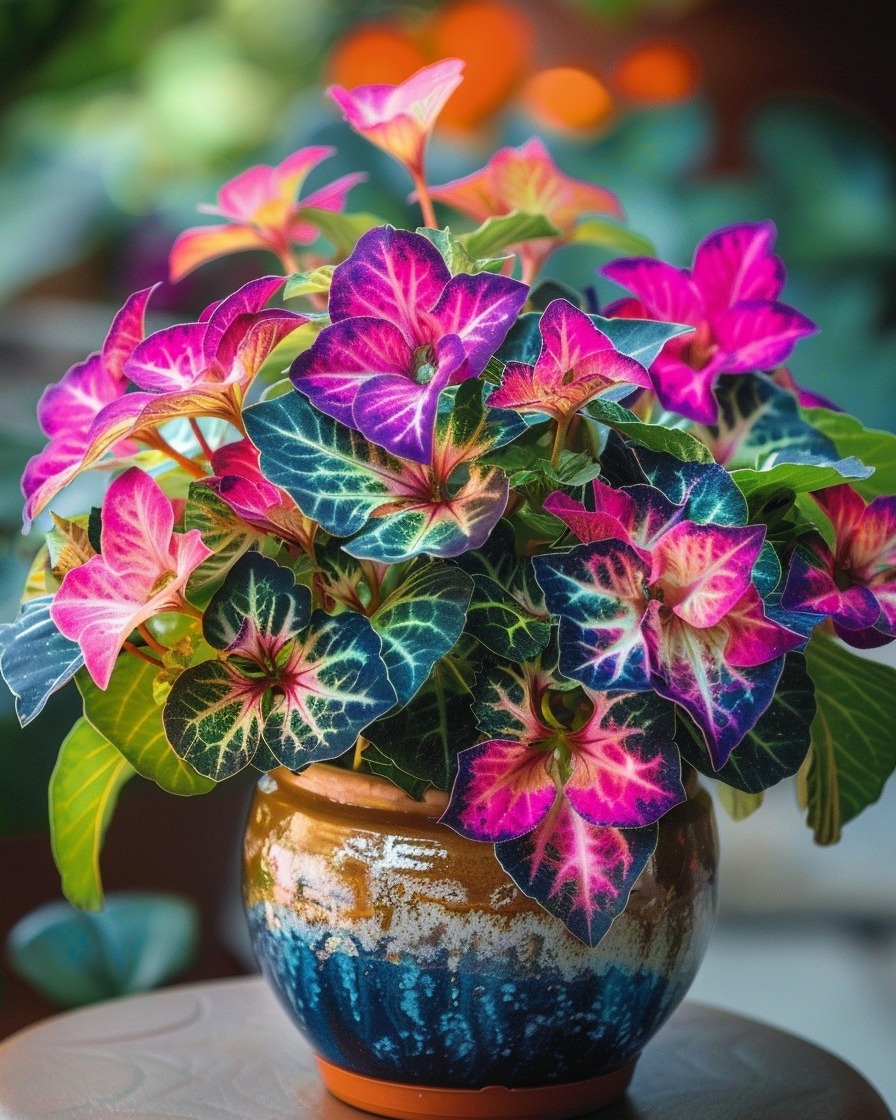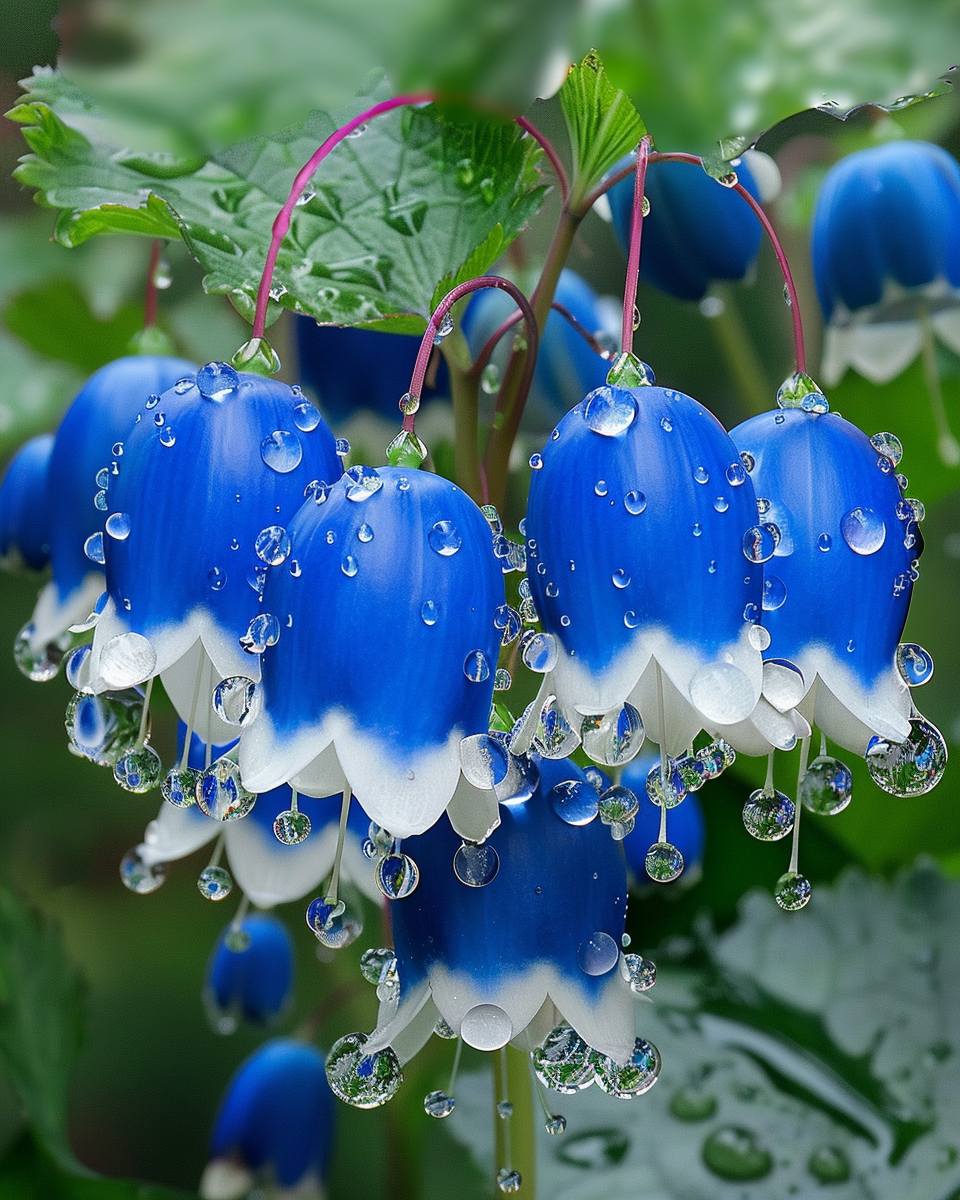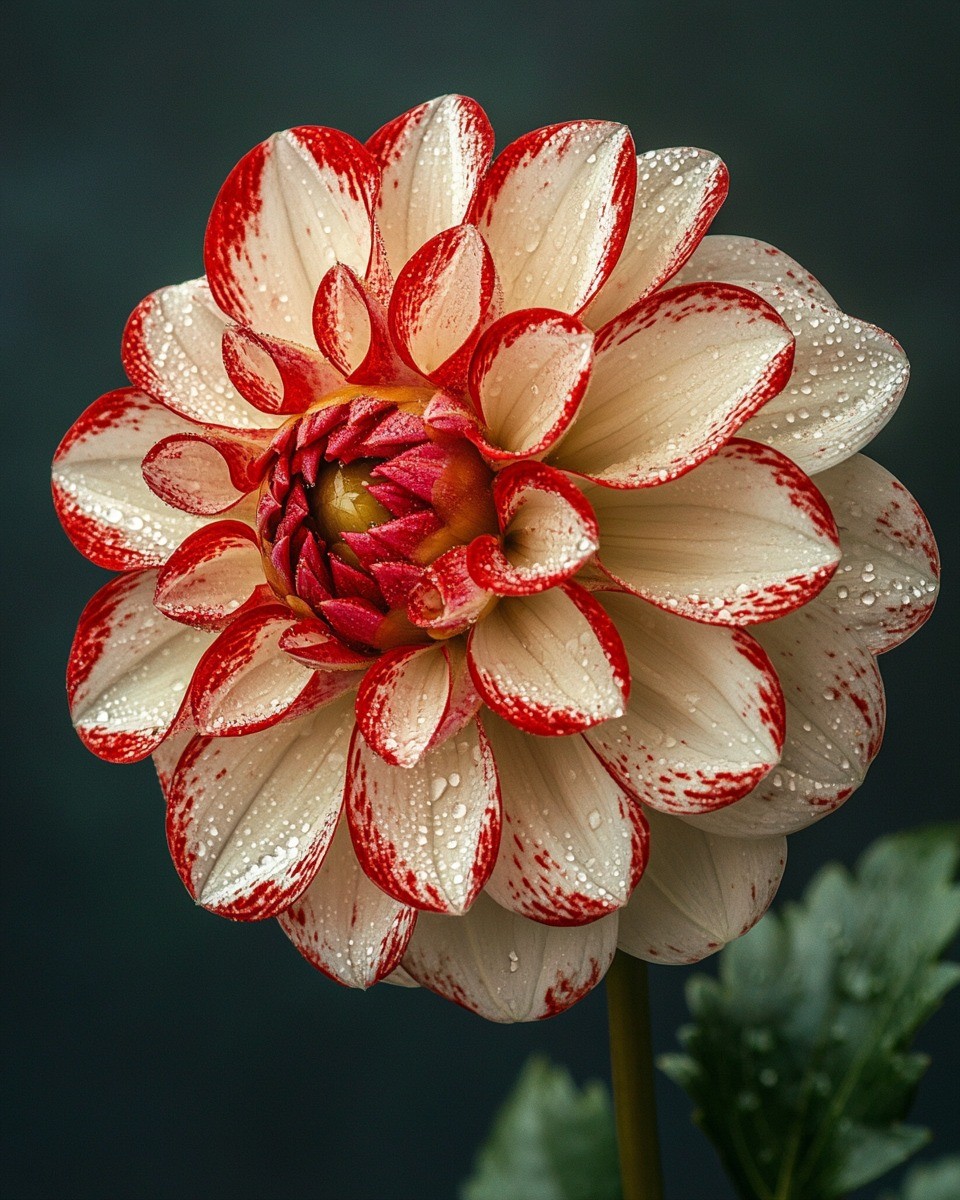The bleeding heart plant (Lamprocapnos spectabilis) gets its common name from its puffy, heart-shaped pink flowers that dangle from long, arching stems. Beneath the heart shape is a protruding white petal that looks like a drop—hence the “bleeding” in bleeding heart. In fact, the bleeding heart flower’s meaning is said to be about unrequited or rejected love, as well as love and romance in general.
Bleeding hearts are shade-loving woodland plants that bloom in the cool of spring. After flowering for several weeks, the plants often become ephemeral, disappearing for the rest of the summer if exposed to too much sun or heat. But the roots stay alive, and bleeding heart will come back every year—regrowing either in the fall or next spring.
Bleeding heart’s size ranges from around 1 to 3 feet high with a similar spread. The plant has a moderate growth rate, reaching its maximum size in around 60 days. Be mindful about where you plant it, as bleeding heart is toxic to people1 and pets.2
In a typical growing season, a bleeding heart plant will produce around 20 small flowers on its stems in the spring that stay in bloom for several weeks. Its foliage usually depreciates and enters dormancy in the midsummer heat. This sensitivity to heat makes establishing new plants more challenging in warmer zones than in colder areas.
In addition, the flowers are delicate and require protection from strong winds. The best place to plant a bleeding heart is in an area that has a windbreak as well as some sun protection.
Once established, it’s fairly easy to take care of a bleeding heart plant. It’s not overly prone to pests and diseases. And it has a bit of drought tolerance, though it still prefers moist soil for the healthiest growth. Plus, bleeding hearts will self-seed as long as the blooms remain on the plants. So bleeding hearts can live indefinitely in your garden, yet they don’t tend to spread uncontrollably.
Bleeding heart does best in partial shade but also can handle full shade. Direct sun can cause the plant to go dormant early, cutting its blooming period short.
SoilBleeding heart prefers humus-rich, moist, well-draining soil with lots of organic matter. A slightly acidic to neutral soil pH is best. Prior to planting, it’s ideal to work a few inches of compost into the soil, especially if you don’t have organically rich soil.
WaterBleeding heart likes a lightly moist soil. It doesn’t tolerate soggy or dry soils very well. Water throughout the growing season when the top inch of soil has dried out, even during summer dormancy to keep the roots hydrated. But make sure the soil doesn’t stay waterlogged, which can lead to root rot.
Temperature and HumidityThis plant’s ideal temperature is between 55 and 75 degrees Fahrenheit, and it has good tolerance for high humidity. As the summer heat ramps up, you’ll likely see the foliage yellowing. This is a perfectly normal sign of the plant going dormant to store its energy.
FertilizerBleeding heart plants are not heavy feeders, so when to fertilize depends on the quality of your soil. If you have rich, organic soil amended every year, you likely won’t have to feed at all. If you have poor soil, you can apply an all-purpose, slow-release fertilizer in the spring. Also, as a woodland plant, bleeding heart does well with a top dressing of leaf mold.
